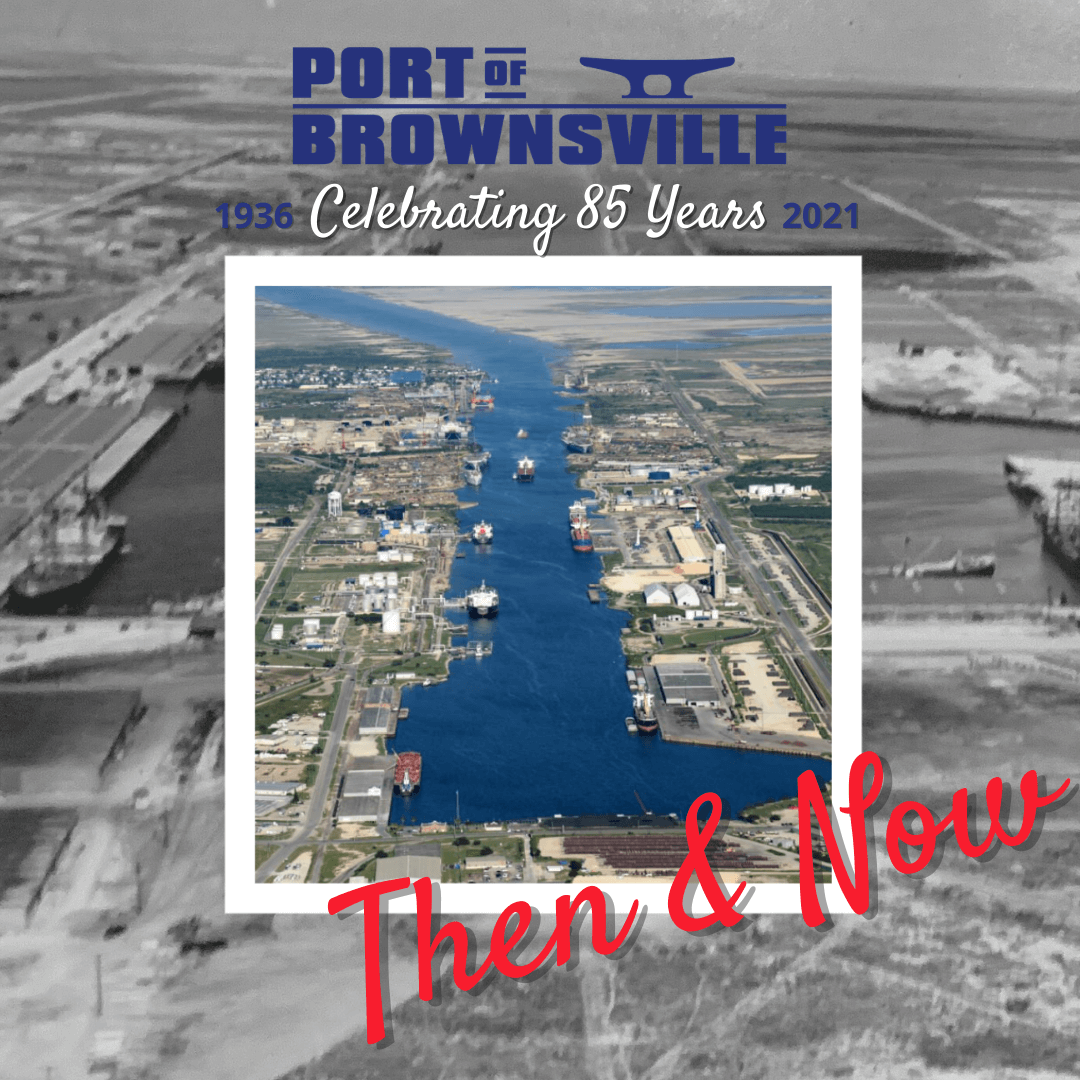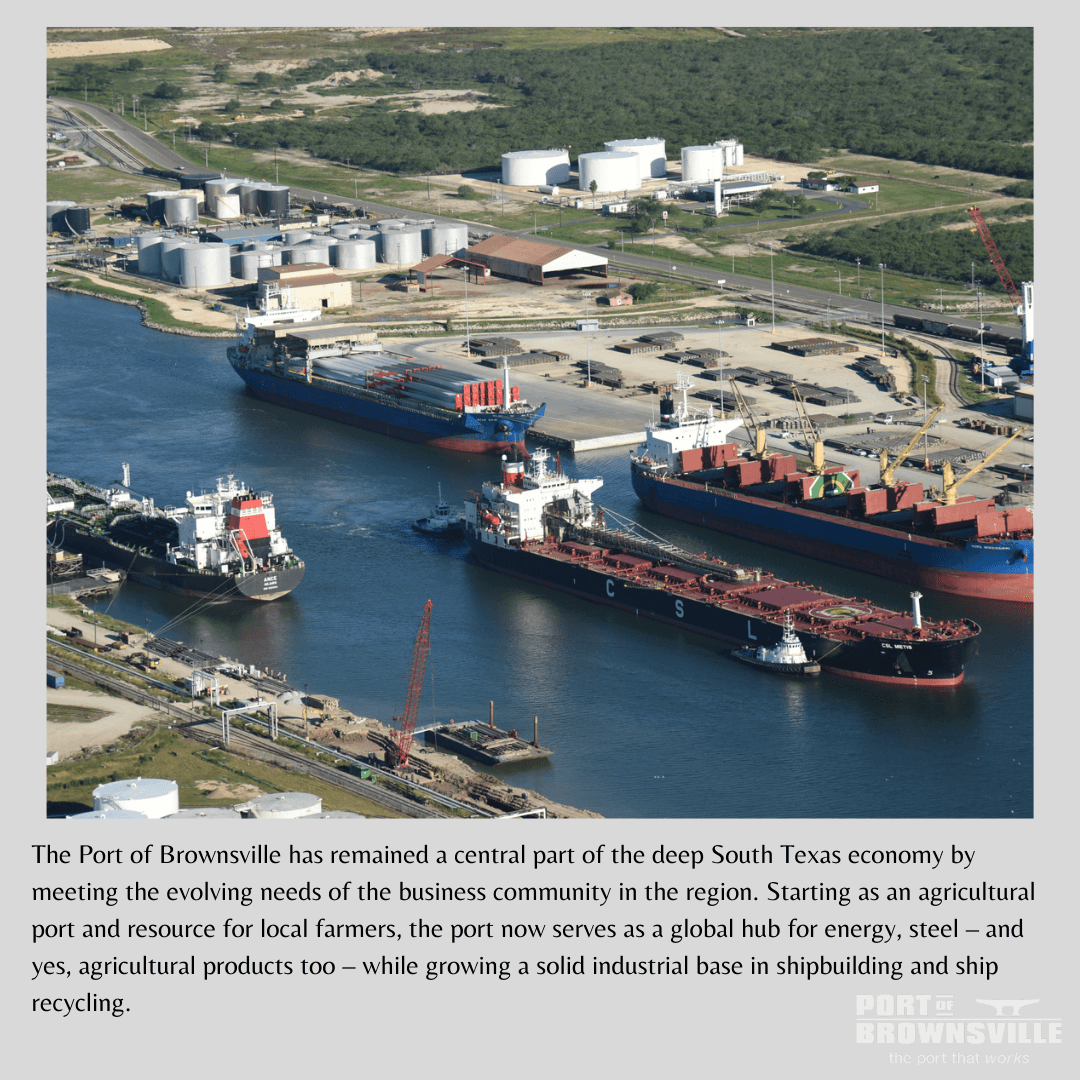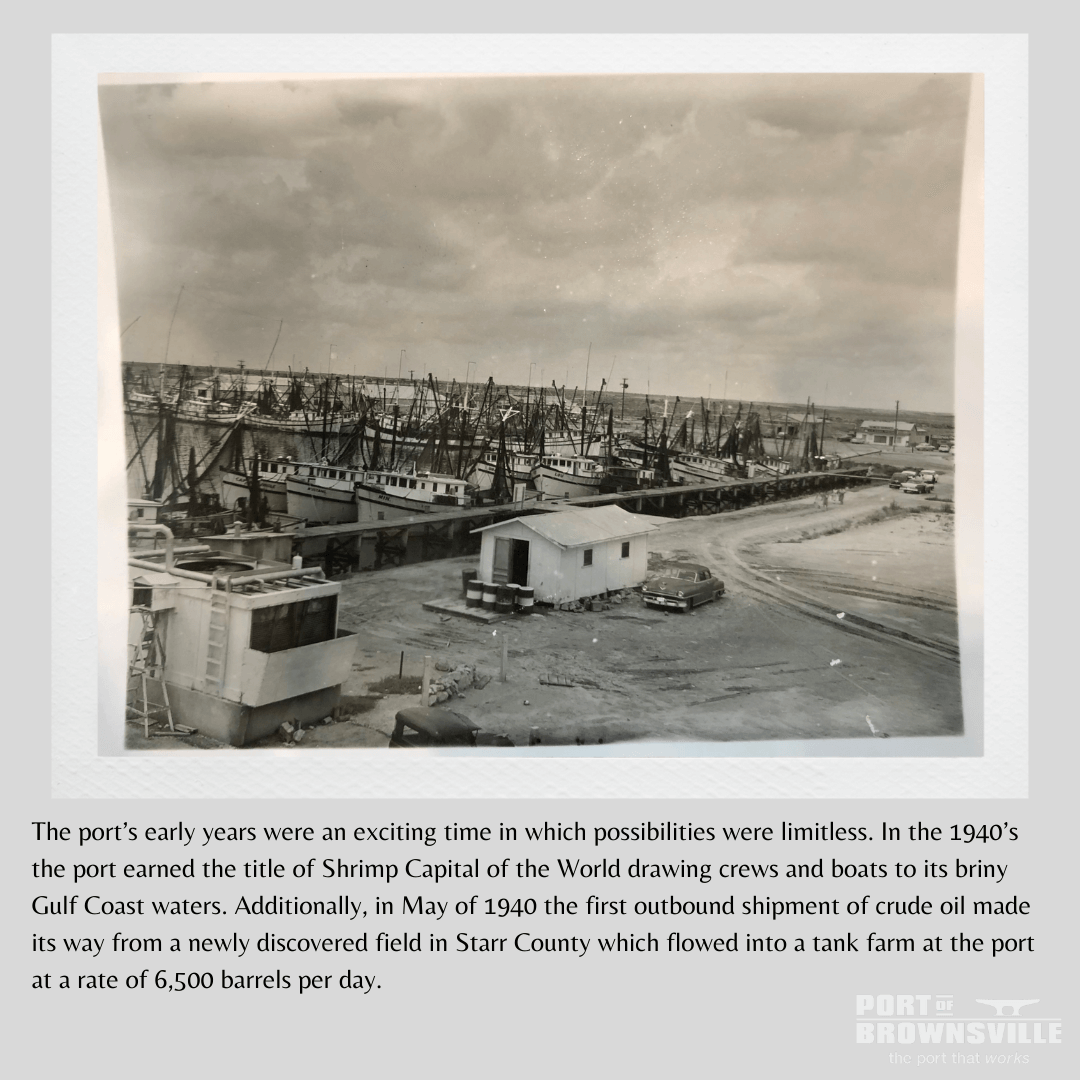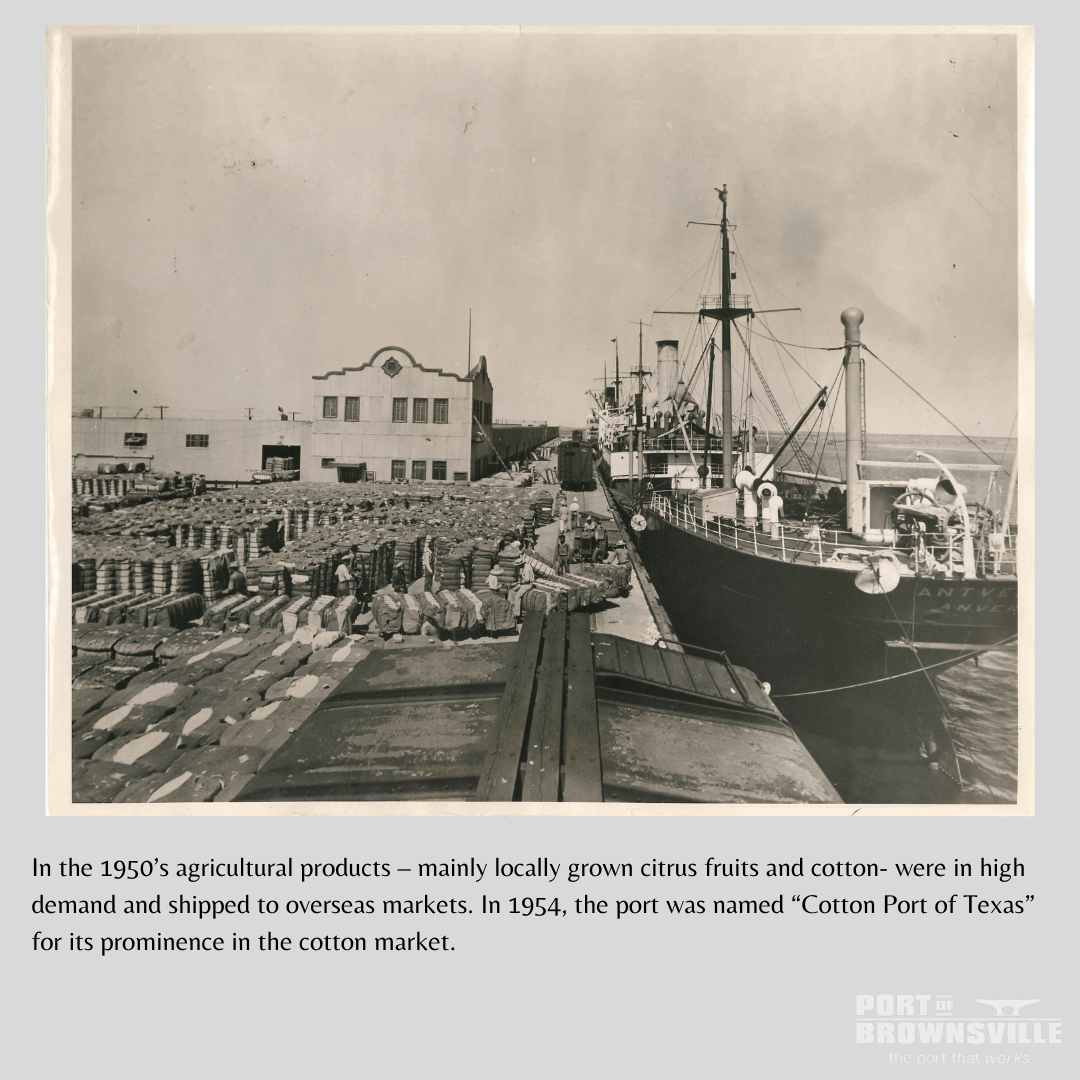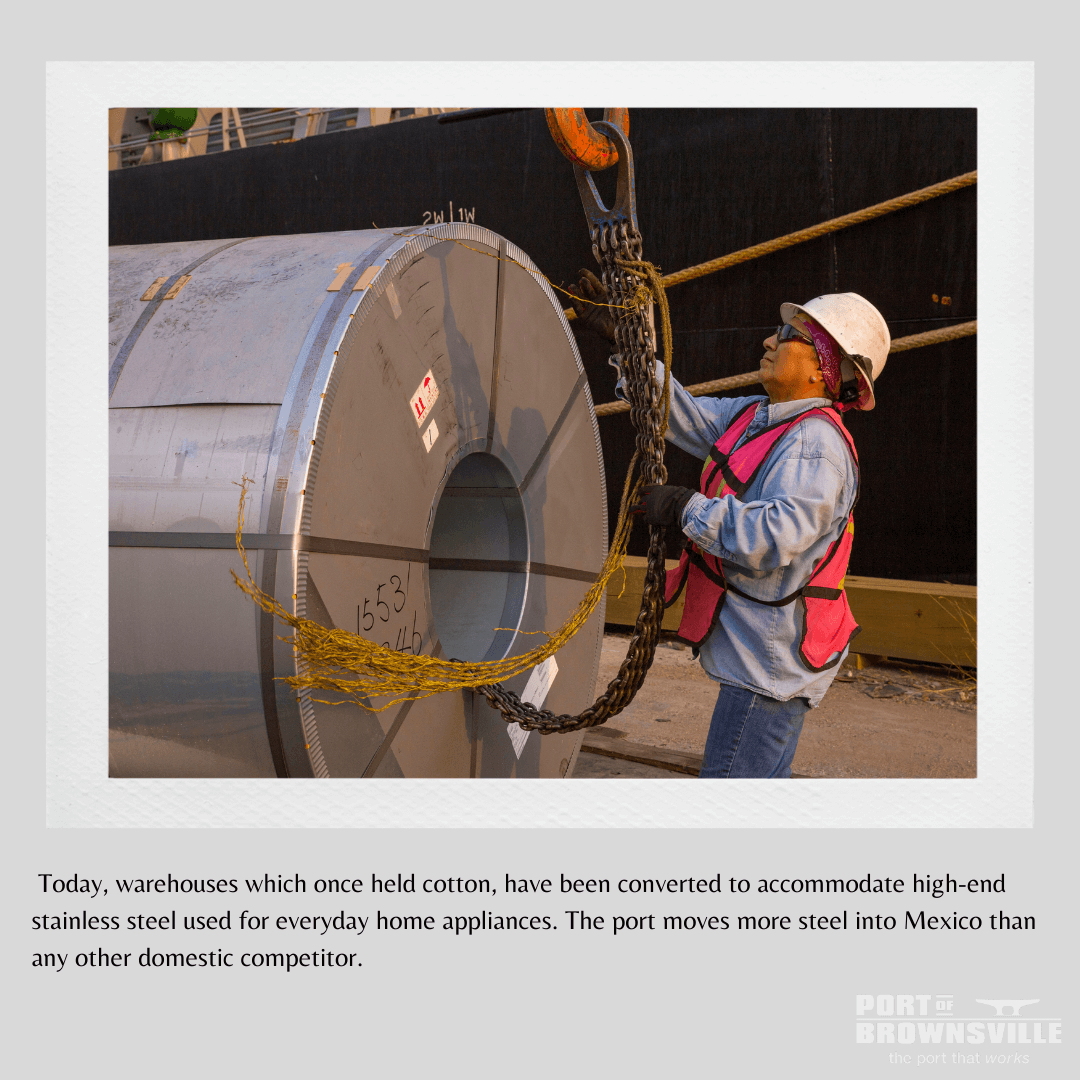GALVESTON, Texas – The U.S. Army Corps of Engineers’ STURGIS vessel left this morning for the Port of Brownsville for her final journey. In two to three days, she will arrive at the International Shipbreaking Limited facility where she will be dismantled for recycling. The vessel is being towed from Galveston where it has undergone radiological decommissioning that included the safe removal of all components of the deactivated nuclear reactor and all associated radioactive waste that was formerly onboard the STURGIS.
The STURGIS was the world’s first floating nuclear power plant. She was converted from a World War II Liberty Ship in the 1960s to a mobile nuclear plant. Over the past three years in Galveston, Texas, the U.S. Army Corps of Engineers and it prime contractor, APTIM Federal Services, has been implementing the challenging and complex efforts to decommission the MH-1A — the deactivated nuclear reactor that was onboard the STURGIS vessel.
As part of that process, the U.S. Army Corps of Engineers safely removed and shipped more than 1.5 million pounds of radioactive waste and recycled more than 600,000 pounds of lead. Throughout the project, continuous environmental monitoring was performed and the results confirmed there was no evidence of radioactive material, lead or increased radiation exposure from the STURGIS project during its time in the Port of Galveston.
With the successful removal of all radioactive waste from the STURGIS and extensive radiological surveys that confirmed all radioactive waste had been removed, the STURGIS was cleared to be towed to Brownsville for traditional shipbreaking.
“We’re extremely proud of our safety record for the STURGIS decommissioning work in Galveston,” said U.S. Army Corps of Engineers Project Manager Brenda Barber. “Now that we’ve confirmed that all of the radiological contamination has been safely removed, the last phase of the STURGIS project will be towing the vessel to Brownsville where she will undergo final shipbreaking and recycling.”
Once in the Port of Brownsville, the STURGIS will undergo additional radiological surveys as part of ISL’s standard operating procedures.
“In addition to the rigorous testing and retesting performed by the Corps of Engineers verifying that no radioactive materials remain on the STURGIS, ISL officials will conduct another independent survey to confirm that the vessel is clean,” said Eduardo A. Campirano, Port Director and CEO of the Port of Brownsville. “We are confident the STURGIS is safe and poses no harm to the facilities of the port and the surrounding areas, otherwise it would not be allowed here.”
Once in the Port of Brownsville, the shipbreaking is expected to be completed in early 2019. Based on current estimates, approximately 5,500 tons of steel and other assorted metals from the ship will be recycled.
APTIM Federal Services and the U.S. Army Corps of Engineers team will continue to oversee the completion of the overall project in Brownsville.
STURGIS History/Background: The STURGIS has had a unique life since first being built in the 1940’s as a World War II Liberty Ship, the SS Charles H. Cugle. After serving in World War II, the ship was converted into the world’s first floating nuclear plant in the 1960’s, housing the MH-1A nuclear reactor. Before being shut down in 1976, the STURGIS’ nuclear reactor was used to generate electricity for military and civilian use in the Panama Canal. The reactor was de-fueled, decontaminated for long-term storage, and sealed before being towed to the James River Reserve Fleet at Joint Base Langley Eustis, Virginia; where it was stored and maintained since 1978, except for times of periodic dry dock maintenance. In 2012, its formal decommissioning effort began as part of a broader effort to decommission the Army’s retired nuclear reactors through the Army Deactivated Nuclear Power Plant Program. After award of the decommissioning project contract, the STURGIS was ultimately towed 1,750 miles from Virginia to Galveston, Texas in April 2015 for its final decommissioning. That decommissioning effort was completed this summer with the safe removal of all components of the deactivated nuclear reactor and associated radioactive waste that was formerly aboard the STURGIS and the vessel is being towed to Brownsville, Texas for final traditional shipbreaking.



